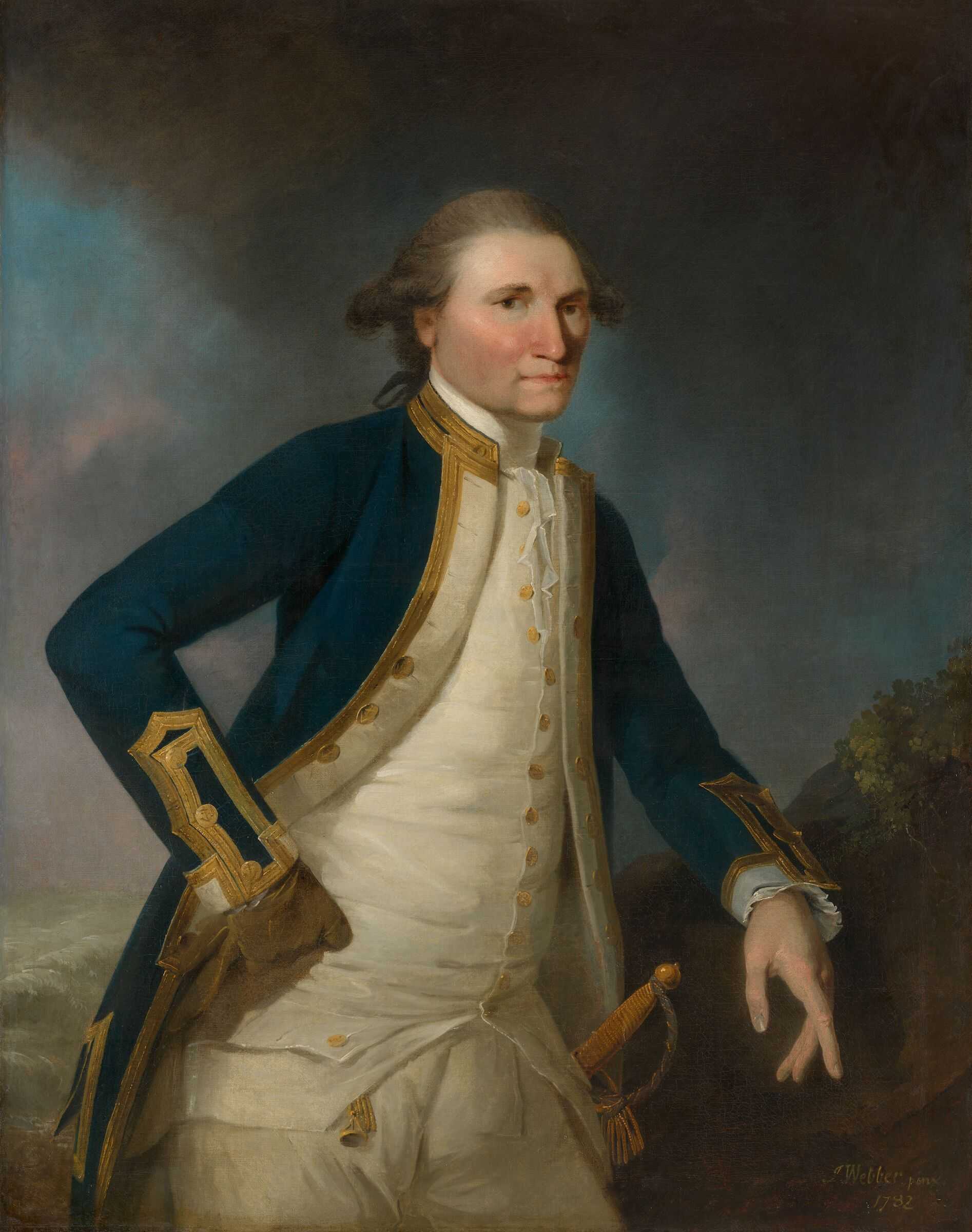 Captain James Cook’s reputation can be felt across the globe. A British explorer tasked with furthering the British Empire by uncovering trade routes and potential sources of resource extraction to garner wealth for England, he voyaged to the South Pacific, the Americas, and other locations that now bear his name. Cook’s reputation as an explorer has grown to the point that his name has even been used to name a crater on the Moon (United States Geological Survey). Cook stopped at Nootka Sound, far from modern-day Victoria, yet he is still commemorated through the naming of Cook Street.
Captain James Cook’s reputation can be felt across the globe. A British explorer tasked with furthering the British Empire by uncovering trade routes and potential sources of resource extraction to garner wealth for England, he voyaged to the South Pacific, the Americas, and other locations that now bear his name. Cook’s reputation as an explorer has grown to the point that his name has even been used to name a crater on the Moon (United States Geological Survey). Cook stopped at Nootka Sound, far from modern-day Victoria, yet he is still commemorated through the naming of Cook Street.
Over the course of his travels, he gathered objects from Indigenous Peoples that he brought back to Europe as curios. Many of these objects, however, have deep cultural significance, and the Peoples from whom Cook acquired them have objected to their removal (Pykare 214). Cook’s published accounts of his travels perpetuated racist stereotypes of Indigenous Peoples. For example, he wrote that the Nuu-chah-nulth were cannibals, which was untrue and functioned to construct an image of Indigenous Peoples as fearsome and uncivilized (Jackman 34).
Cook’s voyages undoubtedly contributed to the furthering of British imperialism and the colonization of the West Coast. Barry Gough writes, “Perhaps Cook’s most important legacy was the discovery that the beautiful pelts of the sea-otter could be purchased for paltry amounts at Nootka and elsewhere on the Coast and then sold for fantastic prices in Asian markets. The subsequent rise of the great maritime fur trade was to change forever the remoteness of the Northwest Coast as traders from various nations sought easy profits... Within a decade of Cook’s visit, England and Spain were embroiled in a contest for trade and dominion at Nootka and on the Northwest Coast. The lives of the Nootka would never again be the same after Cook’s visit” (30-31). Cook’s travels directly led to the exploitation of resources that nearly decimated the sea-otter population on the West Coast and stripped the Nuu-chah-nulth of their wealth (25).
Cook famously met his end at the hands of the Hawai’ians. After one of the British boats went missing, Cook attempted to take the Hawai’ians’ king hostage, despite knowing he was innocent of the theft (Obeyesekere 110). The Hawai’ians responded to this hostility by killing Cook (112). British representations of the event often present Cook as a tragic hero, however, J. E. Taylor, who read a now lost first-hand account of the incident, wrote, “It shows that he (not the Islanders) was the assailant” (qt. in Obeyesekere 112). The misconceptions around his death reflects the way Cook’s damage to Indigenous Peoples has been suppressed in the dominant narratives of European exploration and imperialism.
Cook Street, Victoria, B.C.
Cook Islands, Polynesia
Cook’s Harbour, Newfoundland
Cooktown, Queensland, Australia
Captain Cook, Hawaii
Cook’s Bay, Tahiti
Cook Bay, South Georgia
Cook Island, Chile
Cook Mountains, Antarctica
Cook crater, the Moon
And many more
